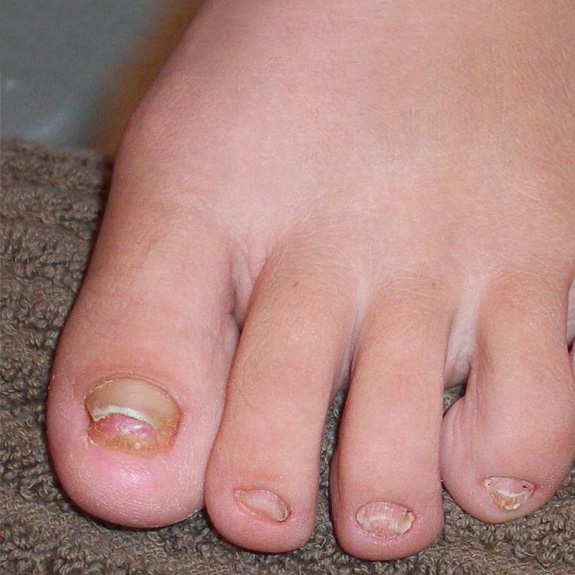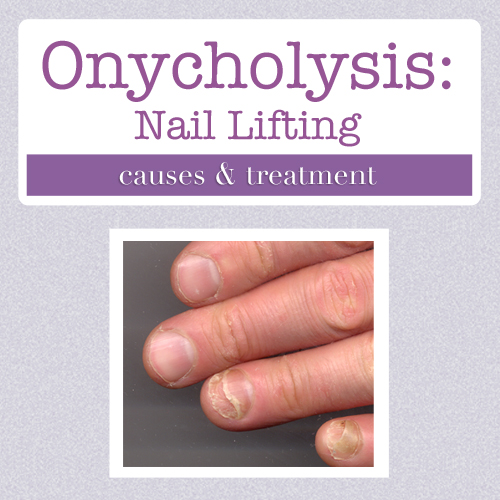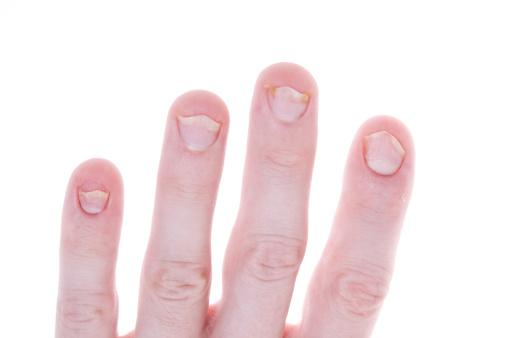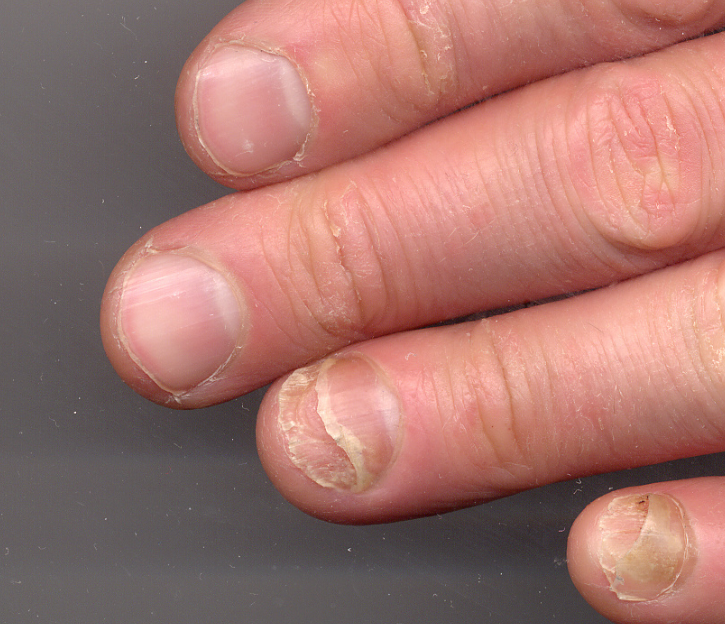 The talented and fashion-inspired nail artist Terri Silacci shows off her love for rocker chic nails for our July cover. These tips include fishnets, chains, studs and even a zipper paired with soak-off gel polish.
The talented and fashion-inspired nail artist Terri Silacci shows off her love for rocker chic nails for our July cover. These tips include fishnets, chains, studs and even a zipper paired with soak-off gel polish.
Post your nail art in our Nail Art Galleries » and share, vote or link from your own nail art blog! Don't miss our digital edition for step-by-step nail art » and check our website's nail art archives » for nail art you might've missed!
Behind the Nail Pros 2012
Behind the Nail Pros 2011
Behind the Nail Pros 2010
Behind the Nail Pros 2009
Behind the Nail Pros 2008
Behind the Nail Pros 2007
The post Nail Art How To: Rocker Chic Nails (July 2012): Behind the Nail Pros appeared first on Nailpro.
 Pattie Yankee demonstrates how to create tattoo inspired nail art for the August 2012 Nailpro cover shoot.
Pattie Yankee demonstrates how to create tattoo inspired nail art for the August 2012 Nailpro cover shoot. Award-winning nail artist Azumi Kanene creates striking nails loosely based on Effie Trinket from The Hunger Games.
Award-winning nail artist Azumi Kanene creates striking nails loosely based on Effie Trinket from The Hunger Games.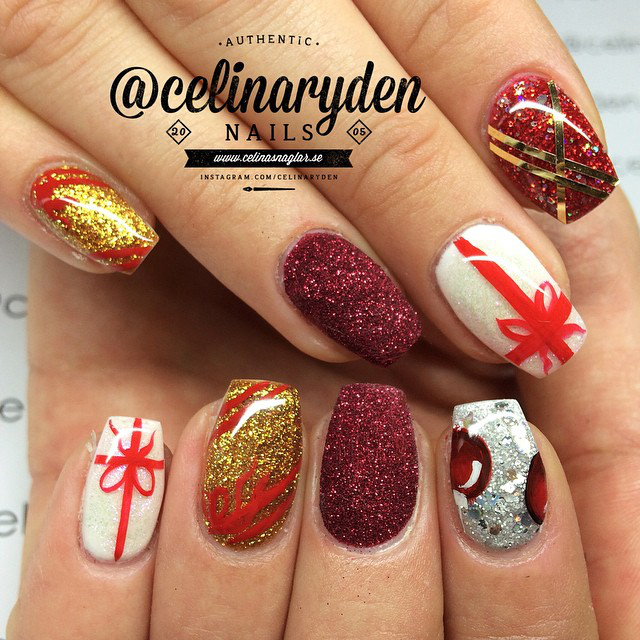









































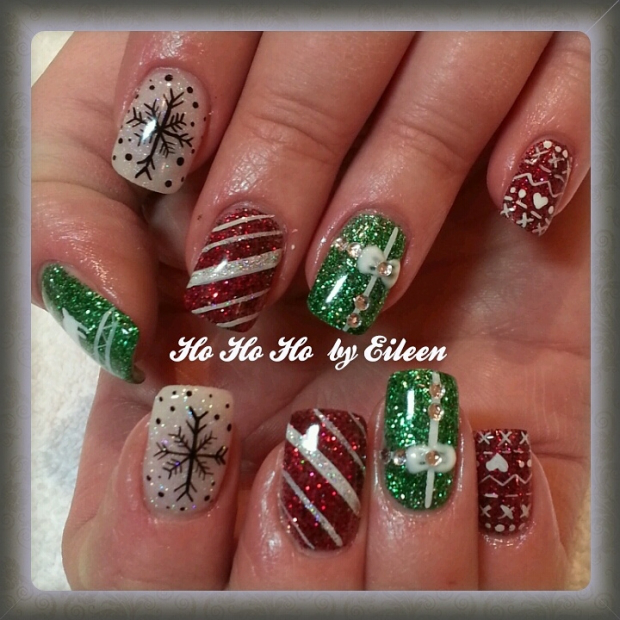

 Artist: @
Artist: @ Artist: @
Artist: @ Artist: @
Artist: @ Artist: @
Artist: @ Artist: @
Artist: @ Artist:
Artist:  Artist: @
Artist: @ Artist: @
Artist: @ Artist: @
Artist: @ Artist: @
Artist: @ Artist: @
Artist: @ Artist: @
Artist: @ Artist: @
Artist: @ Artist: @
Artist: @ Artist: @
Artist: @


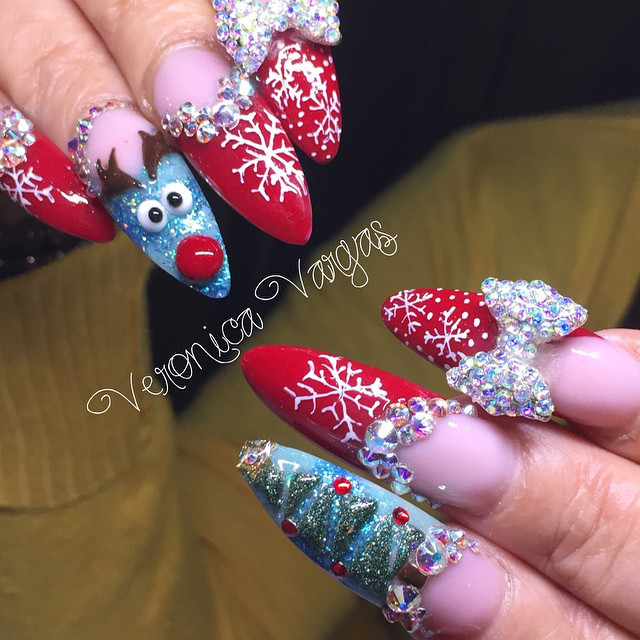






























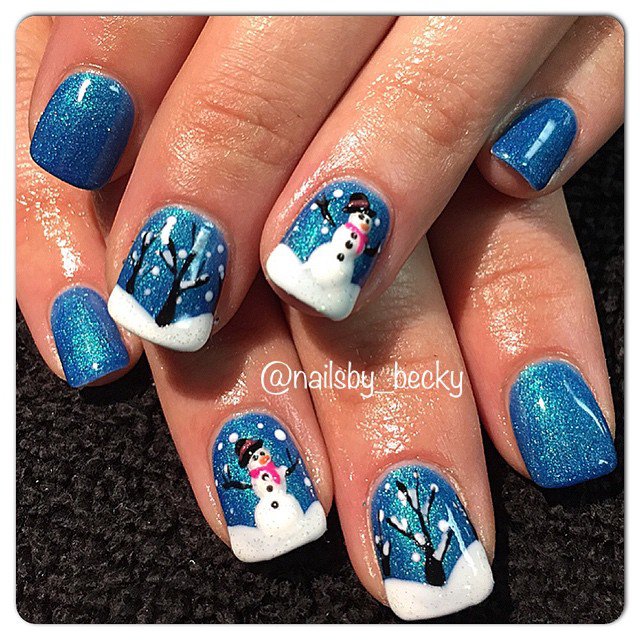
































.jpg)

































